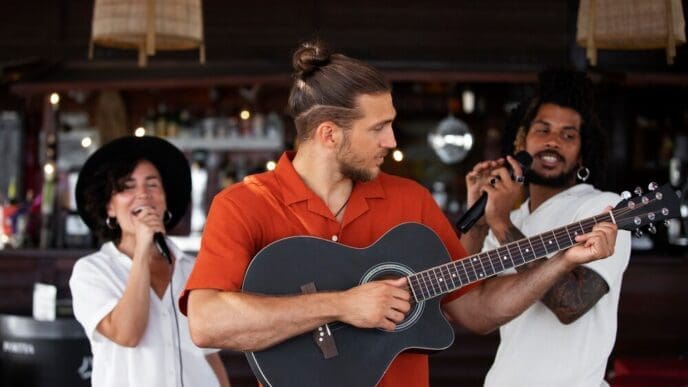In the heart of Florida, a land teeming with history, lies the untold stories of ancient Native American tribes who once thrived along its coasts and waterways. At De Soto Point in Bradenton, the silence of the Memorial Trail offers a poignant reflection on a past unrecorded by history books but ever-present in the land itself. The occasional dolphin along the Manatee River invokes images of a Tocobaga warrior, who might have found these waters just as inviting centuries ago.
Florida’s Native American tribes, such as the Tocobaga, Calusa, and Apalachee, were masters of the ocean, navigating it with skill and relying on it for sustenance. However, their way of life was dramatically altered in 1539 when Hernando de Soto arrived with intentions to conquer. His expedition, driven by the pursuit of gold, underestimated the challenges posed by the local tribes and the harsh environment, leading to the demise of many of his men.
The Calusa were another dominant tribe, whose society thrived in the estuaries of southwest Florida. From their center at Mound Key, these tall warriors controlled the land and waterways, exerting influence far and wide. Their engineering advancements can still be seen today in the remnants of mounds and canals. Despite early explorers like Juan Ponce de León also seeking Florida’s treasures, it was the Calusa who truly understood the riches of the land.
Timucua legends, such as the tale of a chief’s daughter saving a sailor, echo stories of Pocahontas yet are rooted deeply in Florida’s soil. These narratives not only capture the imagination but also highlight the complex interactions between indigenous peoples and European explorers like Pánfilo de Narváez.
Florida was home to more than a dozen Native American tribes, each with unique cultures yet united by their dependence on water. The Crystal River area stands as a testament to their ingenuity, serving as a hub for gatherings and rituals. Archaeological evidence, including burial mounds and temple sites, reveals these communities were vibrant and sophisticated, drawing visitors from afar to trade and worship.
The Seminoles, proud descendants of the Creek, represent the enduring spirit of Florida’s Native American history. Despite conflicts in the 1800s, they maintained their independence and cultural heritage. Collections at the Ah-Tah-Thi-Ki Museum on the Big Cypress Reservation offer a glimpse into their storied past.
Additionally, archaeological finds on Weedon Island uncovered in 1924 illustrate the artistic and cultural sophistication of these early Floridians. The pottery artifacts discovered there contribute significantly to our understanding of pre-Columbian cultures in the southeastern United States.
Florida’s Native American history is woven into the very fabric of the state, visible in its landscapes, artifacts, and enduring tribal traditions. While many tribes faced challenges following European contact, their legacies continue to influence and enrich Florida culture today.
Source: Visit Florida














